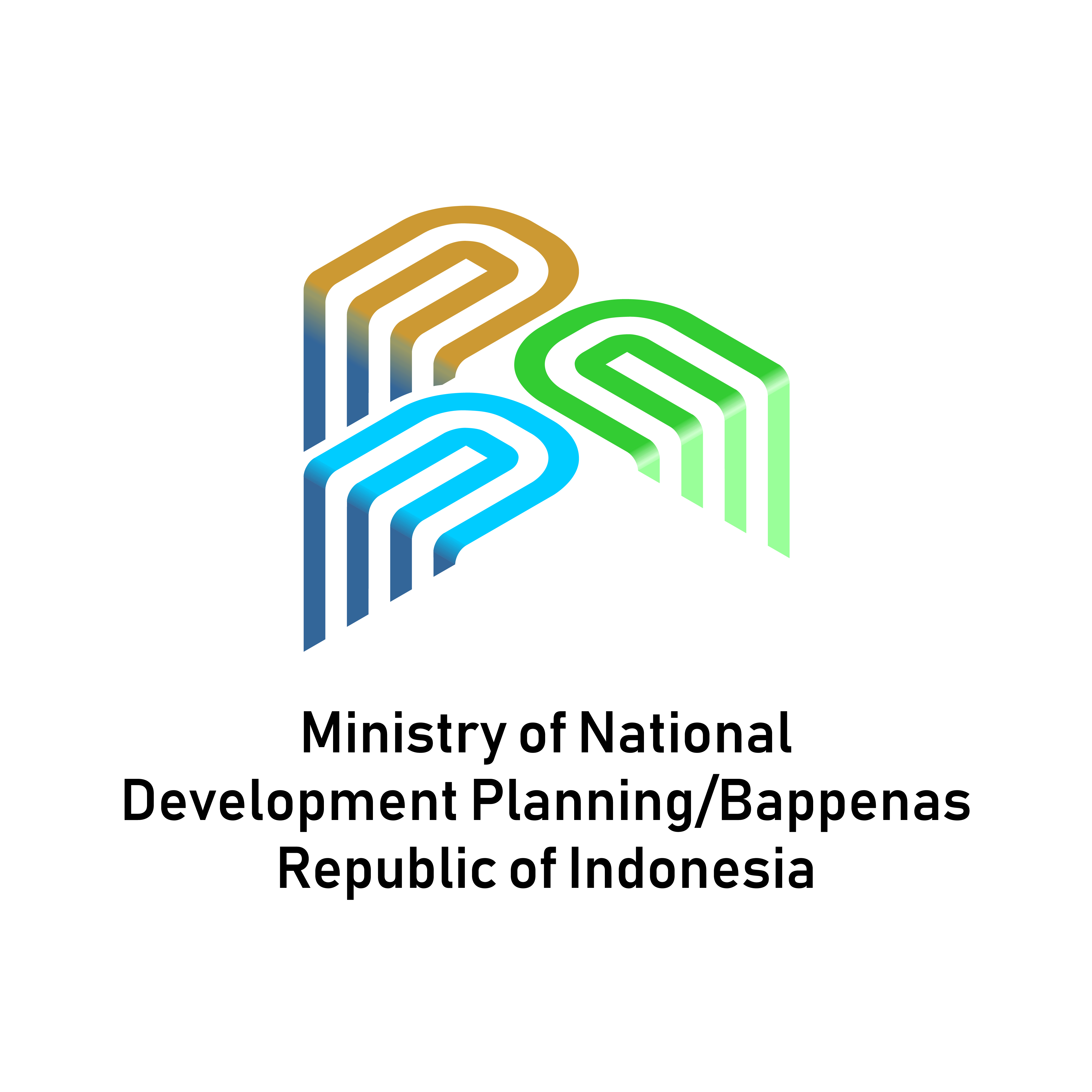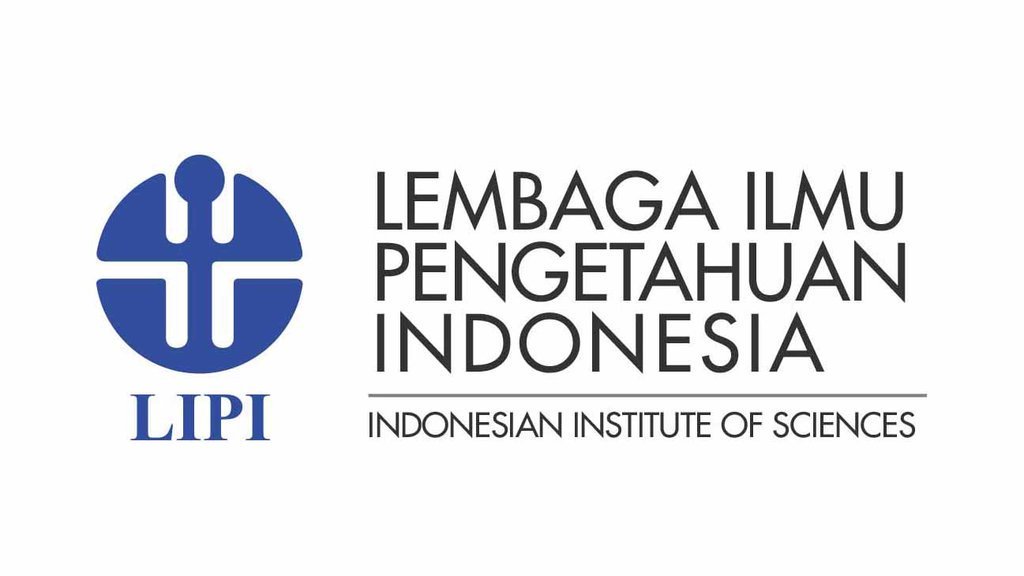The Role of Capital Inflow through Saving-Investment Framework: The Case of Indonesia
DOI:
https://doi.org/10.36574/jpp.v4i1.95Keywords:
International Finance, Current Account Adjustment; Short-term Capital Movements, Financial Aspects of Economic Integration, International Finance Forecasting and Simulation: Models and Applications, Macroeconomic Aspects of International Trade and Finance, Financial Crises, International Financial MarketsAbstract
As major developing countries have limited domestic saving to generate capital accumulation, capital inflow plays substantial role to provide external financing. Several landmark literatures provide an empirical evidence that capital inflow contributed to the acceleration of economic growth through technology transfer, enhanced innovation, and capital accumulation. This research examines the role of capital inflow for the case of Indonesia using saving-investment relationship with quarterly data from 2000 to 2018. This study is comprised of three parts to measure the pattern of capital inflow in overall period, pre-global financial crisis, and post-crisis. Building on previous literature, this study will contribute to fill the gaps in existing literatures by employing error correction model (ECM) based on saving-investment framework of Feldstein-Horioka. This study found that over the whole sample period and post-crisis, both domestic saving and national saving in short-run, established low significant coefficient which signify high capital mobility, while in the long-run, domestic investment and saving have one-to-one relationship, which does not necessarily imply low capital mobility. The result on the pre-crisis period suggested that domestic saving and domestic investment is not statistically correlated for both short-run and long-run as there is not enough evidence to reject null hypothesis. This study confirms the growth theory model that suggests saving will be equal to investment in the steady state condition and the imbalance of saving and investment will be only transitory.
Downloads
Downloads
Published
How to Cite
Issue
Section
License
This is an open-access article distributed under the terms of the Creative Commons Attribution-NonCommercial-ShareAlike 4.0 International License. Copyright © Kementerian PPN/Bappenas RI


















